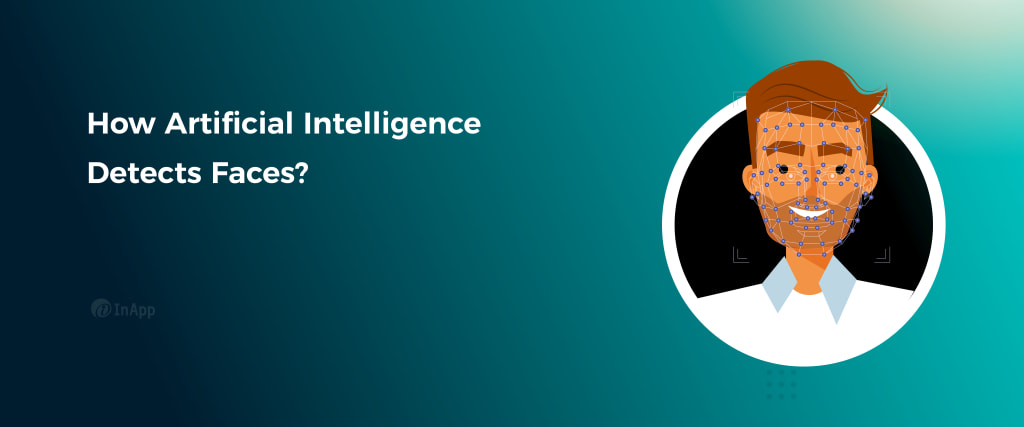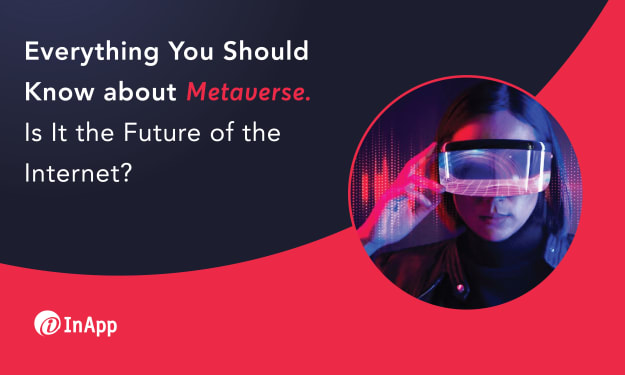
You might’ve heard about face recognition and its different applications. A face recognition system can identify people in videos or static images to put it in simple terms. Many fields use the technology for surveillance and tracking people. Some countries are using face recognition systems more widely than others. But while you may hear about it more frequently now, the technology has been in existence for decades.
Face recognition systems have become more powerful with the integration of Artificial Intelligence. These systems match a detected human image(s) with a database of faces. Typically, face recognition systems perform with 99.5% accuracy on public standard data sets.
With advances in Artificial Intelligence, face detection has gradually moved from computer vision techniques to increasingly complex artificial neural networks, deep learning algorithms, and other sophisticated technologies. The use of Artificial Intelligence has improved the technology to a very high level. It’s found many applications in face analysis, face tracking, and law enforcement, security, entertainment, personal safety, and biometrics.
Let’s have a look at how Artificial Intelligence-powered face recognition technology works.
How AI Face Recognition Works
You find it easy to identify the face of a friend, acquaintance, or family member in an image. You do that based on their features such as eyes, mouth, nose, forehead and how these characteristics appear together.
That is also how a face recognition system works. While you see a face and its features, face recognition technology sees data. The data is stored and accessed. The application of the face recognition algorithm varies and depends on use. The basic steps are as follows.

Step 1: Face detection
The camera locates and detects the image of your face either in a crowd or alone. The image may show you looking straight or in profile.
Step 2: Face analysis
The software analyzes the detected image. Most face recognition systems use 2D images rather than 3D images for convenience. The software reads the geometry of the detected face. It identifies the features of your face, such as the distance from your forehead to chin, the depth of your eyes, contours of your eyes, chin and lips, the depth of your eye sockets, and the shape of your cheekbones. The result will be the signature of your face.
Step 3: Image conversion to data
The face analysis process generates digital information data based on your facial features. It turns your face signature into a mathematical formula. This code is called a faceprint, like a fingerprint or a thumbprint. And it’s unique for each face.
Step 4: Match finding
In this step, your faceprint is compared against the faces in a database. Then it is matched and identified.
The FBI in the USA has access to a database of more than 650 million face images. Any photograph tagged in Facebook becomes a part of the company’s database, which can also be used for facial recognition.
But the technology holds challenges that are causing many organizations and advocacy groups to resist or oppose it.
Problems with AI face Recognition Technology
Potential Breach of Privacy
Technology is supposed to be very helpful to track down criminals. However, it is vulnerable to misuse by governments for surveillance of private citizens.
Vulnerability in Detection
The recognition is not 100% accurate. The process can be easily off the mark because of changes in camera angles, appearance, and sometimes face position.
Massive Storage Data
The Artificial Intelligence used for face recognition technology needs big data storage, which is not available to all organizations.
Conclusion
With many applications in various fields, the future of AI-powered face recognition technology is promising. As governments worldwide regulate its application by alleviating privacy concerns and eliminating loopholes for potential misuse, the industry will see immense growth opportunities in applications for surveillance, finance, security, education, and healthcare.
InApp has been working on creating face recognition systems for many years. If you have any questions or would like a consultation, please contact us.
FAQs
What is the difference between face detection and face recognition?
Face detection is the detection of a human face in a photo or a video. Face recognition is the confirmation of the identity of the face that is detected.
Where is face recognition being used?
- Law enforcement
- Unlocking phones
- Finding missing persons
- Border controls
- Airports
- Banking
- Improving retail experiences
- Reducing retail crime
- Healthcare
- Marketing
- Recognizing drivers
- Tracking worker and student attendance
What is Fisherface?
Fisherface is one of the algorithms used for face recognition. It’s popular and is considered superior to other algorithms such as eigenface.
What is an LBPH algorithm?
Local Binary Pattern Histogram (LBPH) algorithm can recognize both the front face and side face in facial recognition software.
About the Creator
InApp
We are a custom software development company focused on providing world-class business solutions and delivering exceptional value to customers.
Customers: Startups - Fortune 500






Comments
There are no comments for this story
Be the first to respond and start the conversation.